About Preaching Goes Viral
A Time to Gather: In a Crisis, Understanding Religions
The novel Coronavirus can be fatal or asymptomatic, cause severe respiratory issues or barely register as a cough. And the diversity in religious responses to the pandemic is just as varied.
There is an urgent need to gather preaching data including sermons and statements, as well as other religious responses as the pandemic spreads — not later. A time of crisis elevates the importance of applying an intellectual and empathic approach to understanding other points of view, no matter how different from our own. Enter Preaching Goes Viral: Religious Responses to the COVID-19 Pandemic, a student engagement initiative at Miami University that aims to track and analyze the breadth and diversity of religious responses to the pandemic. The initiative focuses on sermons, statements and commentary in English, from institutions and voices in the U.S. and beyond.
Deference or Defiance?
So far, religious and political differences have been far from flattened by reaction to the COVID-19 crisis. Churches, synagogues and other religious voices are expressing broad disparity in their sermons and public statements about where they stand between deference and defiance. While some preachers are urging their flocks to stay home, others say that religious duties should not be subject to what they consider secular whims. The response is often more desperate when non-compliance with official guidelines is characterized, rightly or wrongly, as a threat to public health.
In this cultural cacophony, two things are certain:
- Preaching is going viral. Existing theological conflicts and political partisanship over religion are not going away; rather, they are spreading with the crisis and could easily deepen entrenched prejudices.
- Preaching data is disappearing. More religious preaching and expression of messaging is being disseminated online than ever before. But livestreams and other data may not be archived, unless compiled now, and access to original sources is crucial to iron out misunderstandings.
The PGV Initiative
To capture the comprehensive breadth of religious responses to the spread of COVID-19, Assistant Professor of Teaching within the Miami University Comparative Religion department, Hillel Gray, and his spring 2020 semester students have launched an innovative research initiative, Preaching Goes Viral.
Preaching Goes Viral is a student engagement initiative to compile and analyze religious responses to the novel coronavirus. It was started with undergraduates enrolled in Gray’s Spring 2020 Introduction to Religion and Global Jewish Civilization courses, followed by 15 summer interns, and will continue in the 2020-2021 academic year. Through training in critical distance, research team members are applying qualitative research and non-judgmental analysis skills to material produced by religious voices and institutions at a time of global public health crisis and social distress.
As an extension of Gray’s ongoing “Empathy and the Religious ‘Enemy’” project, the initiative will build a crowdsourced database that will be made publicly available to journalists, religious groups, scholars, and others seeking to track and understand the religious responses to the pandemic.
Here's a sampling of recent student interpretations and analysis of PGV data:
COVID-19 AND AFRICAN IMMIGRANTS IN MAINE
Maya Wasserman
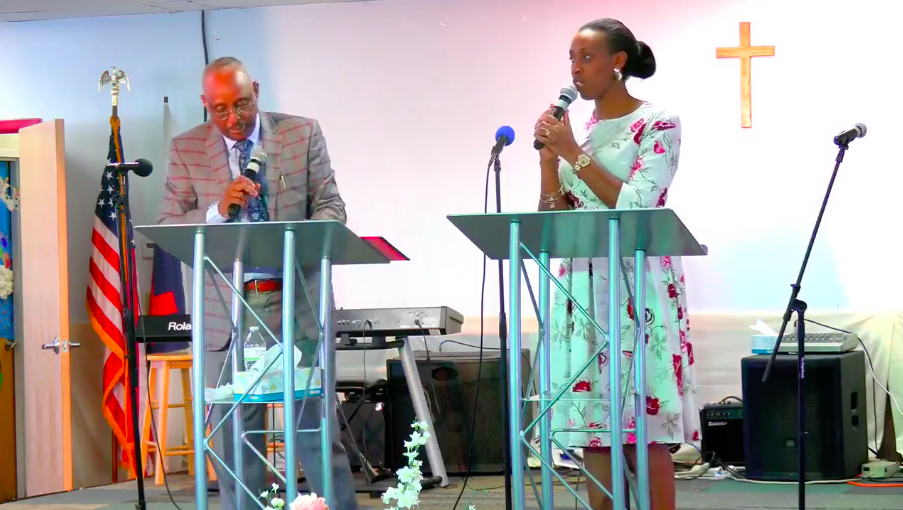
How have Central African churches in Maine responded to COVID-19? How have their unique experiences shaped their views of the virus and the policies surrounding it? The following exhibit presents several sermons given by pastors in the Central African community. Within these sermons, three themes emerge that illuminate the community's response to the pandemic.
REFORMED ASIAN AMERICAN EVANGELICALS AND THEIR RESPONSES TO COVID-19
Victoria Choi
Many Asian American Christians did not have to come to terms with their racial identities in the church before COVID-19. Congregating at church seemed far removed from the sociopolitical landscape in which many Asian Americans ____. Preachers encourage their congregants to look beyond race and place value in their Christian identities.
However, when news outlets reported that the coronavirus that started in Wuhan, China was quickly making its way across the world, anti-Asian sentiments reemerged overtly, confirming for many Asian Americans that the subtle microaggressions they experienced in their daily lives were telltale signs of further ingrained prejudices.
THE BLESSINGS OF TECHNOLOGY IN CATHOLIC HIGH SCHOOLS
Nastassya Ferns

For students, teachers, and religious leaders, the utilization of various digital tools during COVID-19 became imperative to maintaining a sense of normality in a faith-based, educational setting. From Facebook sermons delivered to homes worldwide, to the migration of classrooms online, to email newsletter updates sent daily to quarantined families, new forms of digital engagement emerged within the Catholic high school community at the onset of COVID closures. The Blessings of Technology in Catholic High Schools urges us to consider the implications of maintaining faith during COVID-19, and how these schools utilize and adapt to a newly-constructed educational landscape. Throughout this examination, I pose the question: What does it mean to combine faith, education, and technology?
Click "Browse all" to search the Preaching Goes Viral archive!
-
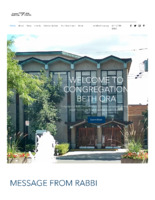
Message from Rabbi Knopf and Howard Yancovitch Regarding Shul Reopening Procedures
-

How is this Pesach Different from Other Pesachim
-
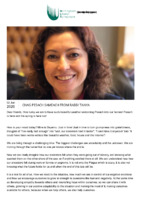
Chag Pesach Sameach from Rabbi Tonya
-
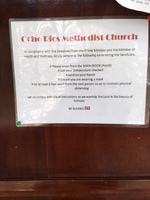
Sign posted to Ocho Rios Methodist Door
-
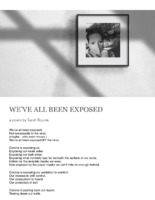
We've All Been Exposed
-
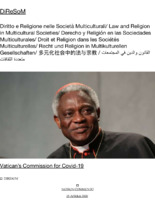
Vatican’s Commission for Covid-19
-

The Psychology of Crisis
-
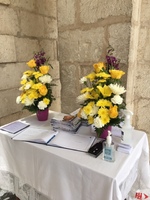
Hand Sanitzer Next to Guest Book at Funeral
-

Letter from the Roman Catholic Archbishop of Jamaica
-

UCI Jamaica Live Steam 4/24 (Time: 54:50-70:20)
-

Jamaica Baptist Union Prayer During COVID_19